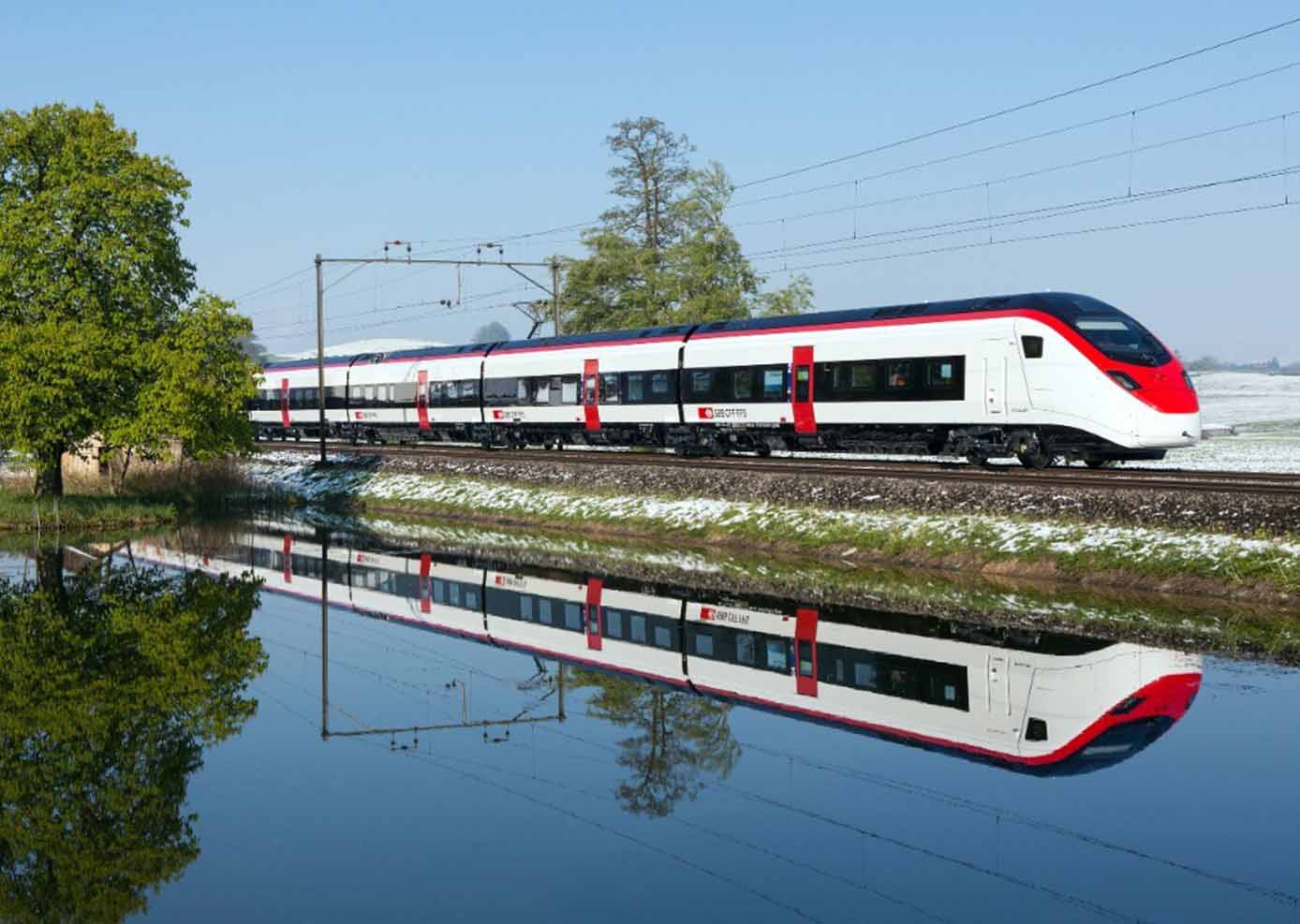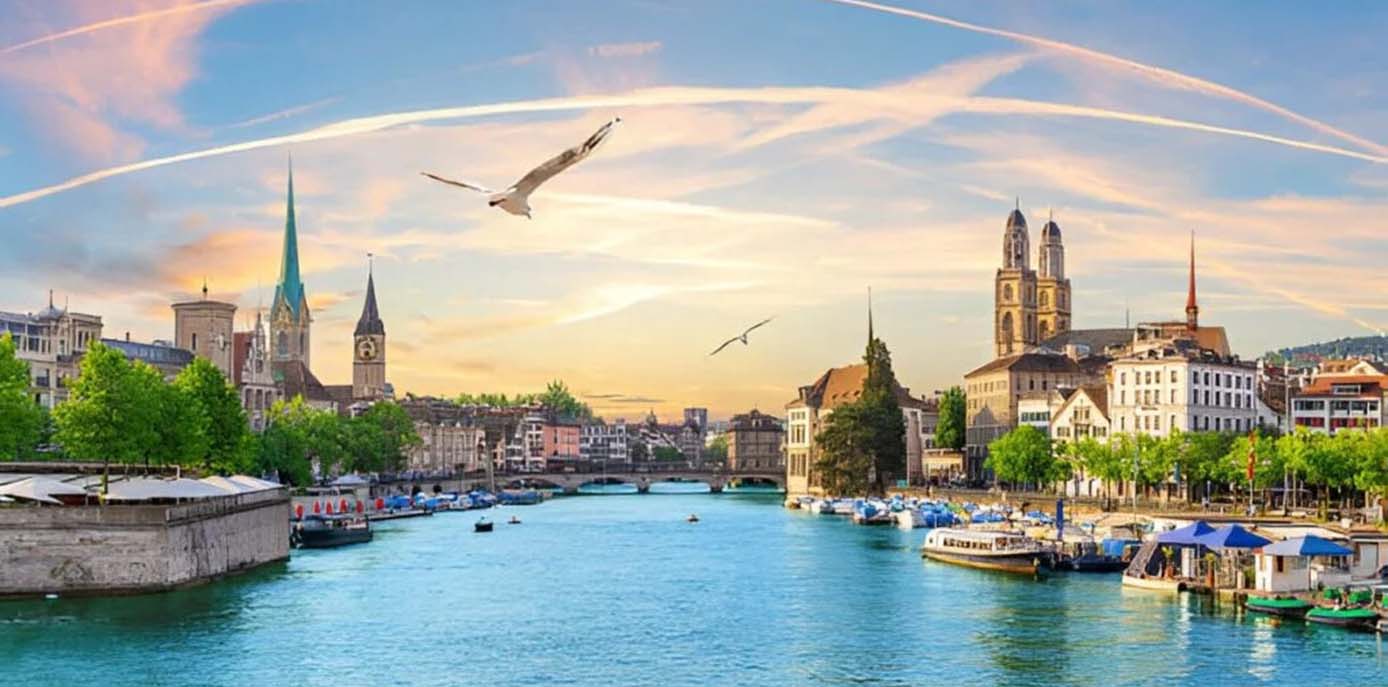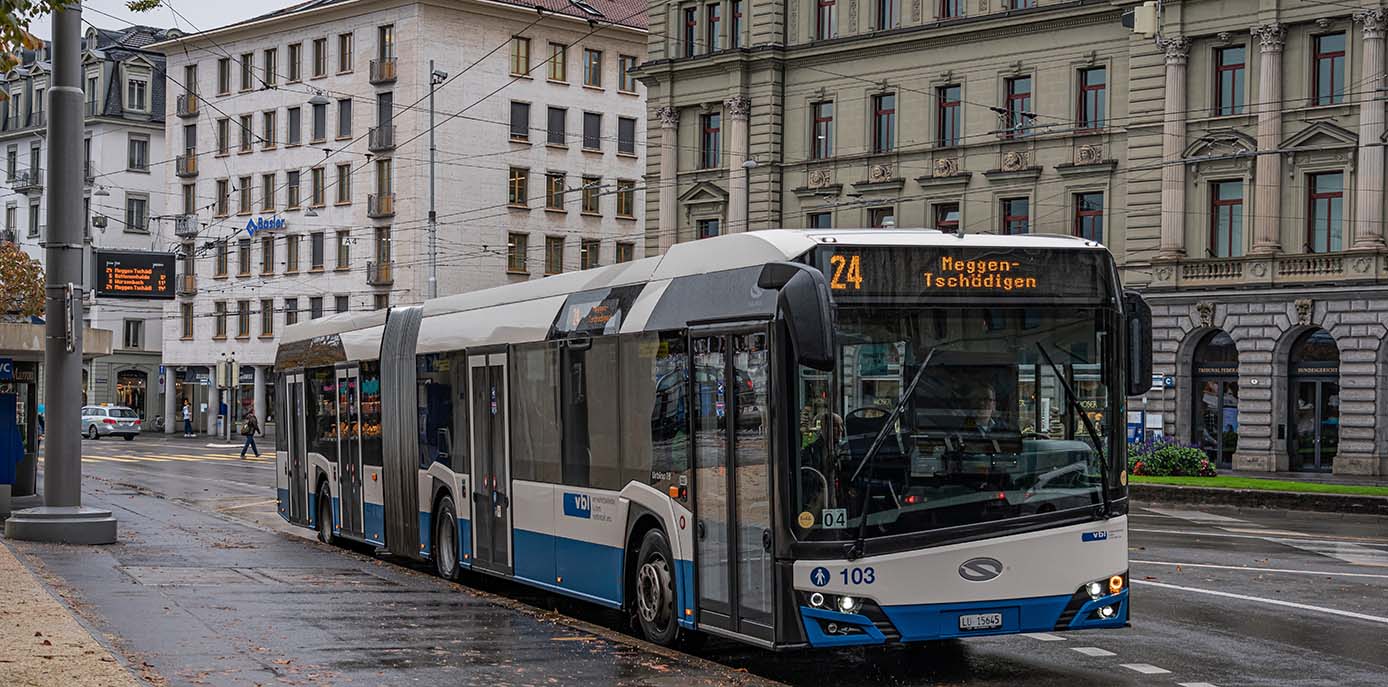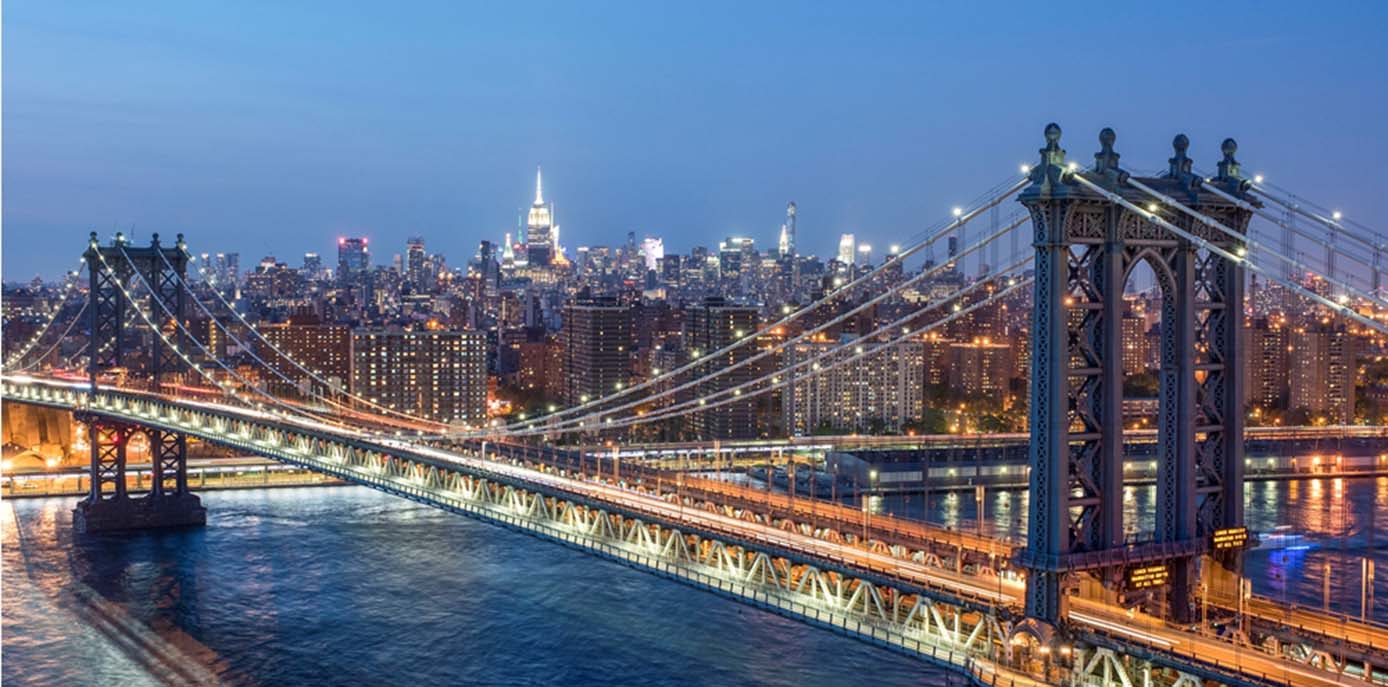Lausanne, a charming Swiss city on the shores of Lake Geneva (Lac Léman), is surrounded by the stunning Alps. As Switzerland’s fourth-largest city and the Olympic Capital, Lausanne is not only a vibrant cultural hub but also a city that blends natural beauty with historical significance, making it an ideal place to live and visit.From public transportation, walking and cycling suggestions, best travel times, local customs, cost of living, to travel tips, I will help you explore Lausanne with ease!
I. Public Transport in Lausanne: Efficient and Convenient Travel
1. Transport Overview
Lausanne boasts a well-developed public transport system that includes buses, metro, ferries, trains, and bicycles, covering the city and its surrounding areas.
Main Transport Options:
- Metro (Métro): The only metro system in Switzerland, connecting the city center to the suburbs.
- Bus (TL Bus): Covers the entire city, ideal for short-distance travel.
- Tram (Trolleybus): Though limited, it’s an essential transport tool in some areas.
- Train (SBB/CFF): Connects Lausanne to other Swiss cities and neighboring countries like France.
- Ferry (CGN): Operates on Lake Geneva, linking Lausanne to other lakeside towns.
- Shared Bikes (PubliBike): Perfect for short-distance commuting and sightseeing.
2. Lausanne Metro (Métro)
Lausanne is the only Swiss city with a metro system, which currently operates two lines:
- M1 Line (East-West): Connects the University of Lausanne, EPFL (Swiss Federal Institute of Technology Lausanne), and other areas, popular with students and professionals.
- M2 Line (South-North): Connects Ouchy Lakeside to the city center and extends to the residential areas on the hills, most commonly used by tourists.
Metro Details:
- Operating Hours: 05:00 – 00:30 (peak frequency of every 3-6 minutes).
- Ticket Prices: Single ride costs around 3.70 CHF, day passes cost 9.30 CHF (ideal for tourists).
- Ticket Purchase: Self-service machines at stations, SBB Mobile App, Swiss Travel Pass (valid for visitors).
- Highlight: The M2 line includes some steep sections, offering a unique “mountain metro” experience!
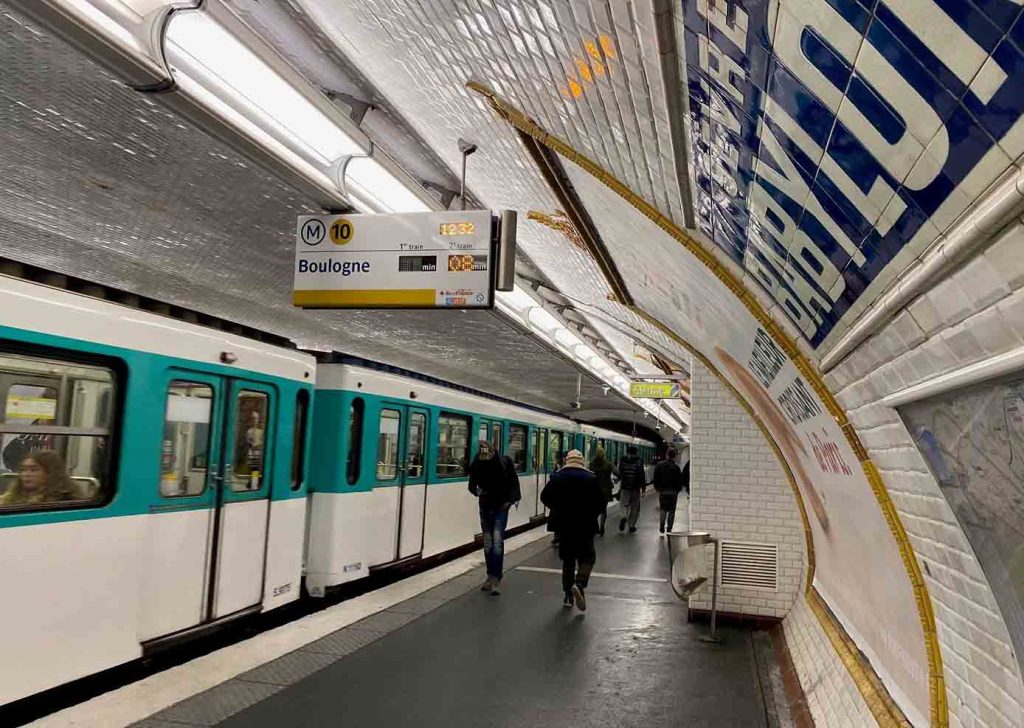
3. Bus System (TL Bus & Trolleybus)
Lausanne’s bus system is operated by TL (Transports publics lausannois), featuring trolleybuses and regular buses with frequent schedules and many stops.
Bus Information:
- Operating Hours: 05:00 – 00:30, with some routes offering “Nuit Bus” night services.
- Ticket Prices: Single ride costs 3.70 CHF, applicable for all public transport (transfer within 90 minutes is allowed).
- Recommended Routes:
- Route 1 (Lausanne-Flon ↔ Ouchy-Olympique): Connects the city center to the lakeside, perfect for tourists.
- Route 21 (Gare ↔ Pully): Runs along the lakeside with beautiful views.
- Ticket Purchase: Tickets must be bought in advance at stations or via the app as there are no ticket agents onboard.
4. Trains (SBB/CFF) — Ideal for Intercity Travel
Lausanne’s train station (Lausanne Gare) is an I mportant rail hub in western Switzerland, providing quick access to other cities in Switzerland and Europe.
Popular Routes:
- Lausanne → Geneva (approx. 35 minutes)
- Lausanne → Bern (approx. 1 hour)
- Lausanne → Zurich (approx. 2 hours)
- Lausanne → Paris (direct TGV, approx. 3 hours 40 minutes)
Recommendation: Purchase the Swiss Travel Pass, which allows unlimited travel on all Swiss trains, buses, and boats — perfect for tourists planning extensive exploration.
5. Ferries (CGN) — A Scenic Way to Explore Lake Geneva
Ouchy Quay in Lausanne is one of the major ferry terminals on Lake Geneva, where you can board CGN boats to visit other lakeside towns such as Montreux, Vevey, and Yvoire (France).
Recommended Routes:
- Lausanne → Montreux (Enjoy views of Lavaux Vineyards, approx. 1 hour 20 minutes)
- Lausanne → Yvoire (France) (Ideal for a day trip, approx. 40 minutes)
- Ticket Prices: Varies by route, some lines are free with the Swiss Travel Pass.
II. Walking & Cycling: The Best Ways to Explore Lausanne
Lausanne is surrounded by mountains, and its varied terrain makes it important to plan your walking routes carefully. Nevertheless, Lausanne boasts an extensive network of walking paths and cycling lanes, making it an excellent city for walking tours and cycling adventures. Whether you’re taking a short trip from the city center to the lakeside or a long journey across the city, these activities allow you to fully experience the city’s natural beauty and historical charm.
1. Areas Ideal for Walking Tours
Old Town (Cité) The Old Town of Lausanne is the city’s most historically rich area, home to many cultural landmarks and ancient buildings. The Lausanne Cathedral (Cathédrale de Lausanne), a classic example of Gothic architecture, offers stunning views of the entire city from its front square. Walking through its narrow, historic streets, you’ll encounter famous historical sites such as Place de la Palud and St. Mary’s Cathedral. The area’s old-world charm makes it ideal for leisurely strolls.
- Suggested Itinerary: Start at the Lausanne Cathedral, then stroll down to Place de la Palud to explore historical buildings, soak in the medieval city vibe, and visit local cafés and boutiques.
Ouchy Lakeside (Ouchy) Ouchy is one of Lausanne’s most popular leisure and tourist areas. The Ouchy Quay, which meets the lake, provides a perfect setting for walking, picnicking, and photography. From here, you can enjoy expansive views of Lake Geneva (Lac Léman) and the distant Alps. There are plenty of benches to relax on, letting you enjoy the fresh air and peaceful atmosphere of the lakeside.
- Recommended Activity: Walk along the lakeside promenade or enjoy a stroll in the lakeside park, particularly at sunset when the golden reflections on the water create a breathtaking view.
Place de la Riponne Another vibrant area of Lausanne, Place de la Riponne is a lively square that is perfect for evening walks. It’s a central hub of transportation surrounded by cafés, restaurants, and shops. During the day, the square is bustling with people shopping and relaxing, while at night, it is lit up with street performers and a romantic ambiance.
- Recommended Experience: In the evening, dine at one of the restaurants around the square or sit on a bench and enjoy the street performances and the night view.
2. Shared Bikes (PubliBike)
In addition to walking, Lausanne’s shared bike system (PubliBike) is another great way to explore the city. PubliBike is one of Switzerland’s largest bike-sharing networks, ideal for short-distance cycling. Whether you’re in a hurry to reach a destination or just want to cycle leisurely along the lakeside, it’s a convenient option.
How to Rent a Bike:
- Download the PubliBike app, find the nearest bike station, and scan the QR code to unlock the bike.
Fees:
- Short rides: 3 CHF for up to 30 minutes, ideal for quick trips.
- Day Pass: 9 CHF for unlimited rides in one day.
Recommended Cycling Routes:
- Ouchy Lakeside → Lavaux Vineyards: One of the most beautiful cycling routes near Lausanne, offering stunning views of the Lavaux Vineyards, a UNESCO World Heritage Site. The vineyards stretch across hillsides, their greenery blending with the blue of the lake, making for a peaceful and scenic cycling experience.
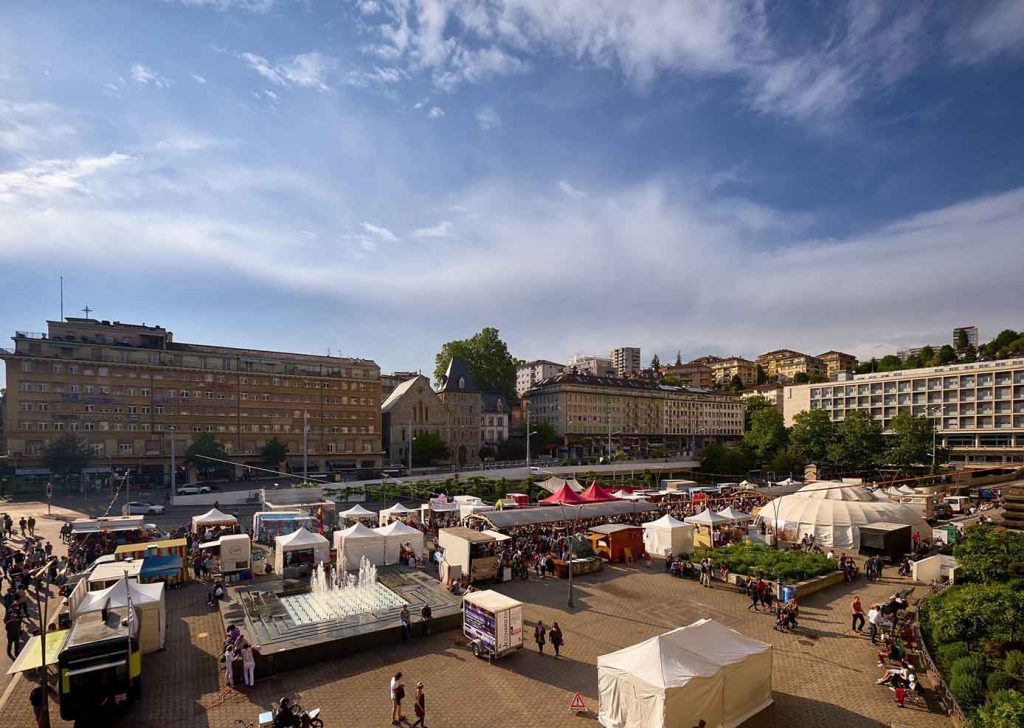
III. Lausanne’s Cultural Customs & Travel Tips
1. Language
Lausanne is located in the French-speaking region of Switzerland, so French is the official language. However, as a cosmopolitan city, many locals also speak English fluently, so you won’t have trouble communicating. Learning a few basic French phrases like “Bonjour” (Hello) and “Merci” (Thank you) will make your interactions with locals smoother.
2. Cost of Living & Travel Budget
Switzerland is known for its high cost of living, so when planning your travel budget, consider the following expenses:
Dining:
- A simple meal at a regular restaurant costs about 25-50 CHF.
- A formal dinner at a high-end restaurant can cost upwards of 80 CHF.
Accommodation:
- Budget hotels cost around 100 CHF per night.
- Four-star or higher-end hotels typically range between 200-300 CHF per night.
Attractions:
- Tickets to some museums, such as the Olympic Museum, are around 20 CHF.
- Smaller museums may offer free entry, but most charge about 10-15 CHF.
3. Travel Tips
Best Time to Visit: Lausanne experiences distinct seasons, with the best time to visit being May to October. During this period, the weather is mild, perfect for outdoor activities like walking, cycling, and hiking. Winter is great for those interested in winter landscapes, although the lakeside area tends to be cold.
Payment Methods: Credit cards and mobile payments are widely accepted in Switzerland, but sometimes additional fees are charged for credit card use. It’s recommended to carry some cash, especially when visiting more remote places or small shops.
Tipping: Tipping is not obligatory in Switzerland, but it is appreciated. A 5-10% tip is customary for services such as dining, taxis, and hotel staff.
Lausanne is a vibrant city that offers a mix of natural beauty, cultural landmarks, modern amenities, and convenient public transportation. With a variety of activities available—whether you’re exploring historical landmarks, enjoying the natural scenery, or tasting Swiss delicacies—the city ensures that you have a memorable experience. So, pack your bags and prepare for an adventure in this Olympic city on the shores of Lake Geneva!
